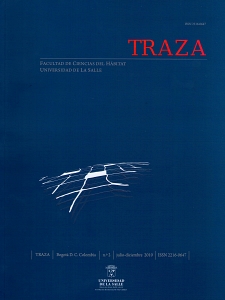Abstract
The case study is the intermediate city of Tunja, declared National Heritage Site in 1959. It is the capital of the Department of Boyacá, and it has very interesting conditions in the field of the interpretation and execution of Public Policies, in the view that the city had in time. This research is part of the process of my Doctoral Thesis Project about the case of Tunja as an intermediate heritage city. The development of the research is directed by the concept of territory in the rural cities during the Pre-Hispanic Age, and the view that the city would have as a rural-urban city from the formation of an “urban” structure. It is important to highlight that this research is focused on the comparison of the city image within its territory and the planned growth through its urban expansion.Downloads
Download data is not yet available.



